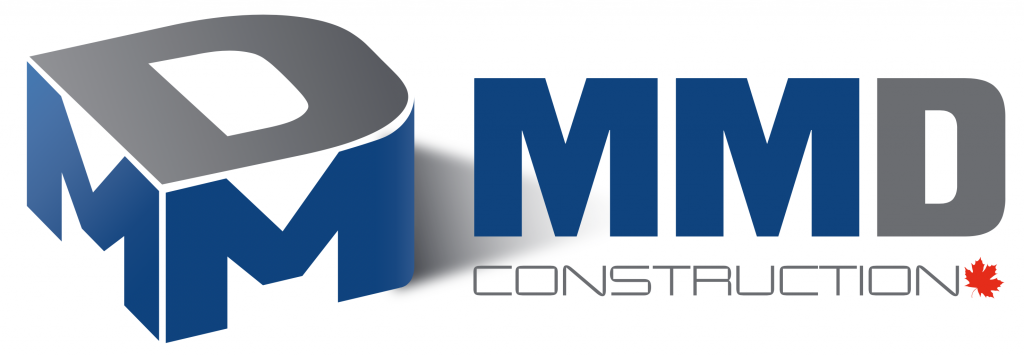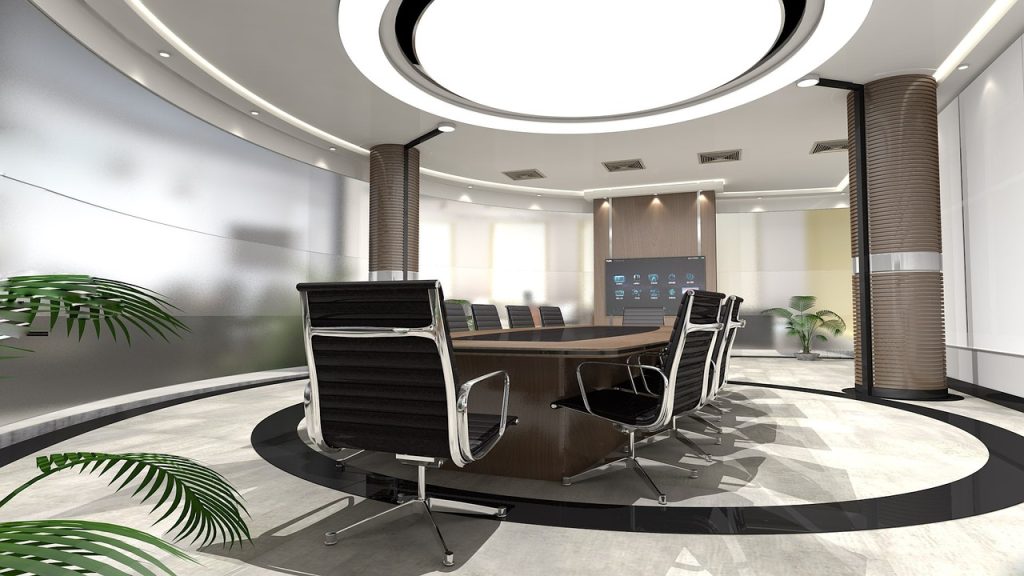Refreshing your workspace doesn’t have to drain your company’s finances. By following smart office renovation Toronto trends, businesses can create a modern environment without breaking the budget.
Smarter Design Choices
The look and feel of an office directly impact productivity and morale. Recent office renovation Toronto trends focus on flexible layouts, efficient use of space, and budget-conscious upgrades.
Open concept designs continue to be popular, but with added zones for private work. Many companies use cost-effective materials like glass partitions and modular furniture to create spaces that adapt to changing needs.
Focus on Sustainability
Eco-friendly designs are now a top priority in office upgrades. Choosing sustainable flooring, energy-efficient lighting, and reclaimed materials helps businesses stay green and save on utility costs.
Incorporating more natural elements, such as living walls and indoor plants, creates a healthier environment. These choices not only help with indoor air quality but also boost employee satisfaction and focus.
Flexible Work Areas
Modern offices must support a variety of work styles. Flexible spaces—like quiet zones, collaborative lounges, and huddle rooms—allow employees to work where they feel most productive.
Using multipurpose furniture, such as foldable tables and mobile whiteboards, makes it easy to reconfigure the office without expensive renovations later. Flexibility leads to a smarter use of every square foot.
Technology Upgrades on a Budget
Tech improvements don’t always require a complete overhaul. Upgrading conference rooms with wireless technology, smart boards, and improved sound systems can have a big impact without a huge investment.
Many businesses also integrate touch-free technology for lights, doors, and shared equipment. These changes promote health, modernize the workspace, and help offices run more efficiently.
Creative Use of Color and Art
Color can completely transform an office at a low cost. Many renovation projects are leaning toward bold feature walls, branded color schemes, and custom murals to create a fresh, energetic vibe.
Artwork, especially from local artists, can add personality to the space without high price tags. Rotating art displays also keep the environment feeling new and interesting for both employees and visitors.
Cost-Effective Upgrades That Matter
Small changes often bring the biggest returns. Updating lighting fixtures, repainting walls, and replacing worn-out flooring are affordable ways to make an immediate difference in how a space feels.
Businesses often choose to phase renovations instead of doing everything at once. This approach allows for better budget control and less disruption to daily operations.
Smart Furniture Investments
Office furniture that supports health and comfort is another major trend. Ergonomic chairs, adjustable desks, and lounge-style meeting areas are now seen as investments in employee well-being.
Choosing durable furniture from reputable brands also means fewer replacements in the long run. When selected thoughtfully, these items can blend form, function, and cost-efficiency beautifully.
Incorporating Branding Into Design
Your office space should reflect your company’s identity. Many businesses now incorporate their brand colors, logos, and mission statements subtly into the décor.
This strategy boosts brand pride internally and creates a strong first impression for visitors and clients. Best of all, it’s a relatively low-cost way to personalize and energize the workplace.
The Value of Working with Experts
Partnering with experienced office renovation specialists helps companies avoid costly mistakes. Skilled teams can recommend materials and layouts that maximize value and functionality.
Having the right team ensures the renovation stays on budget while still achieving the desired look and performance. Good planning and clear communication are key to a successful project.
Plan Now, Save Later
Taking the time to properly plan your renovation is the best way to avoid overspending. A detailed project timeline, clear design goals, and a firm budget guide every decision toward smarter, more cost-effective choices.
By focusing on smart trends, flexible designs, and meaningful upgrades, companies can create offices that inspire without putting pressure on the bottom line.





